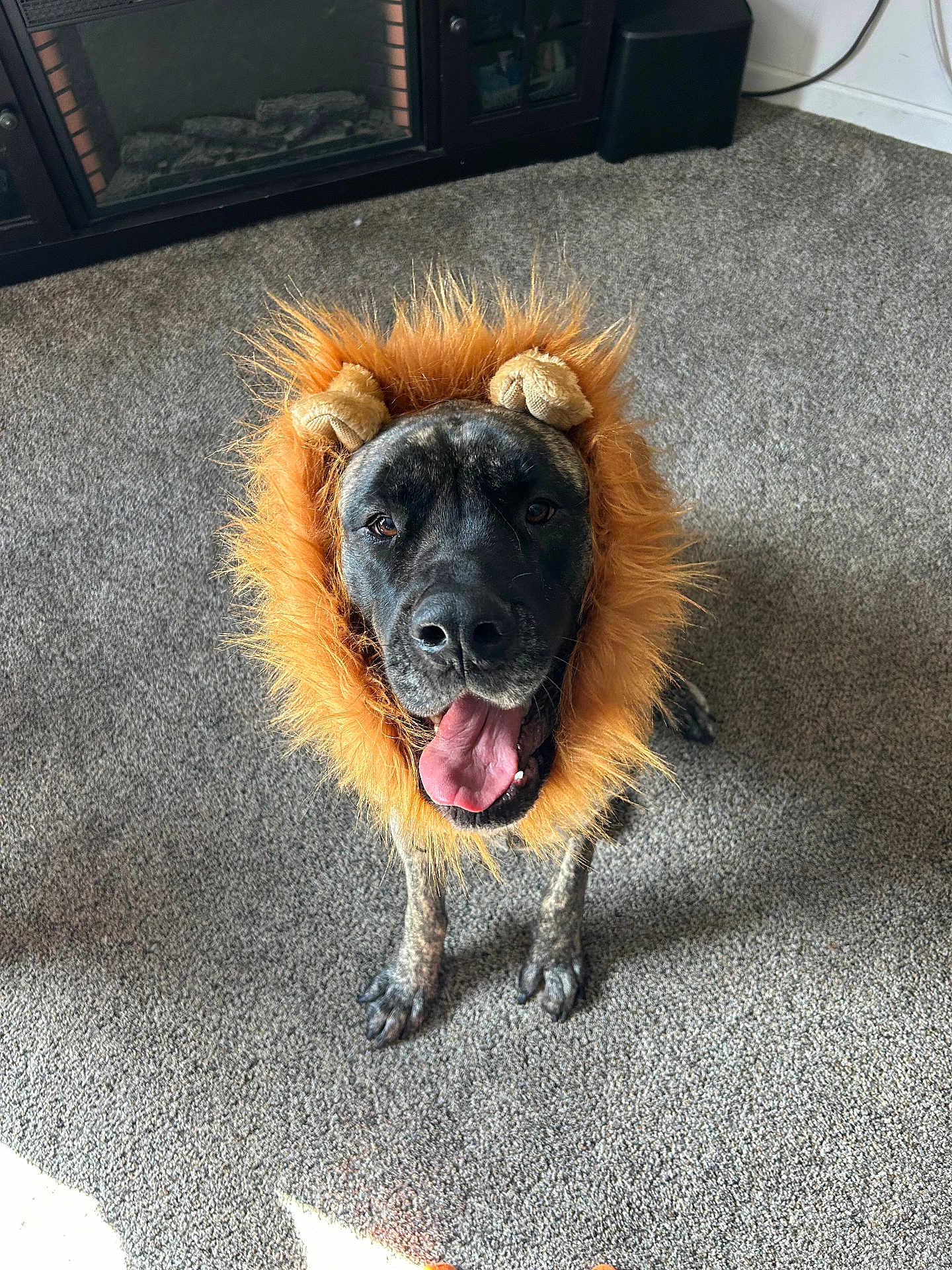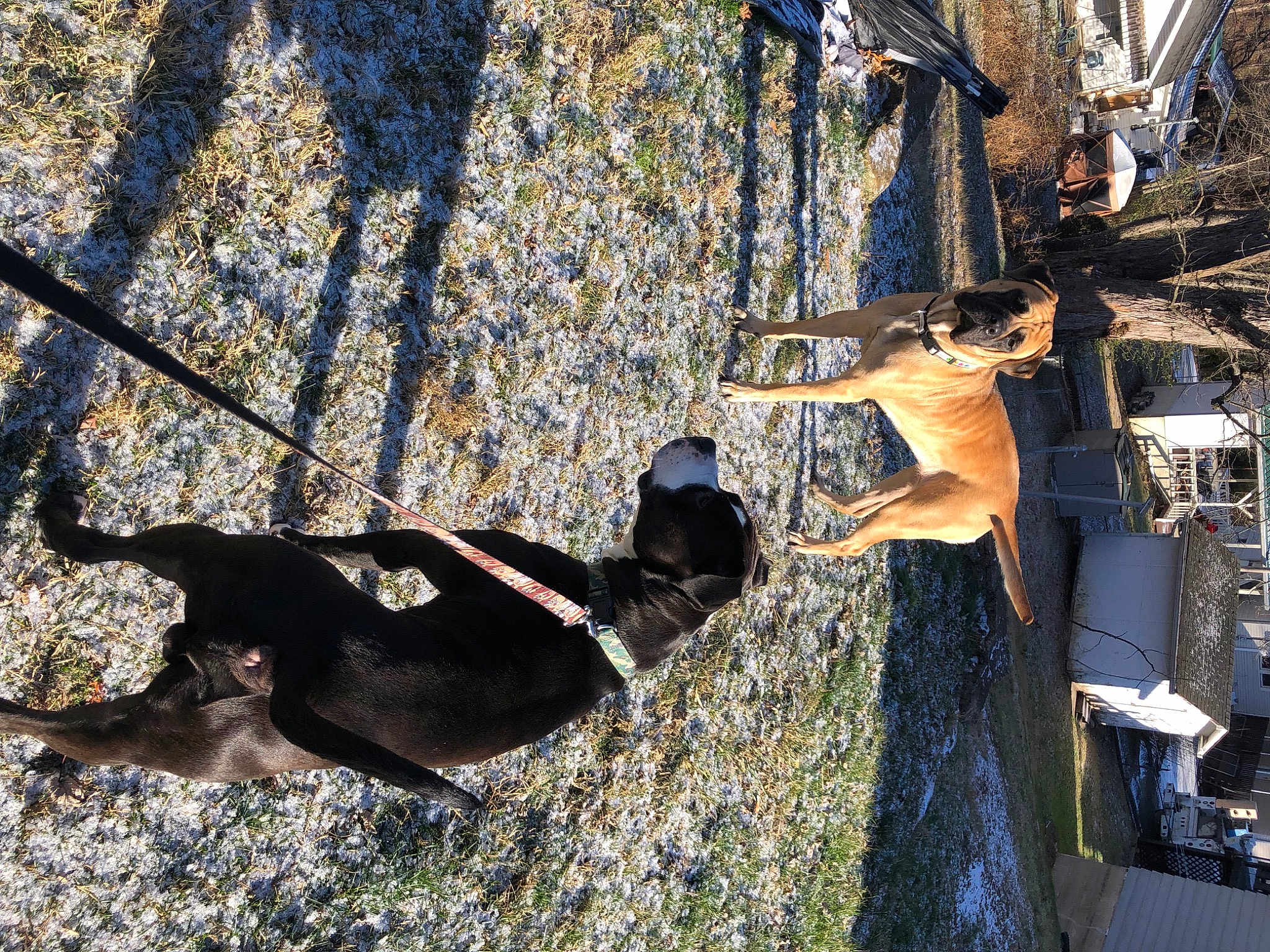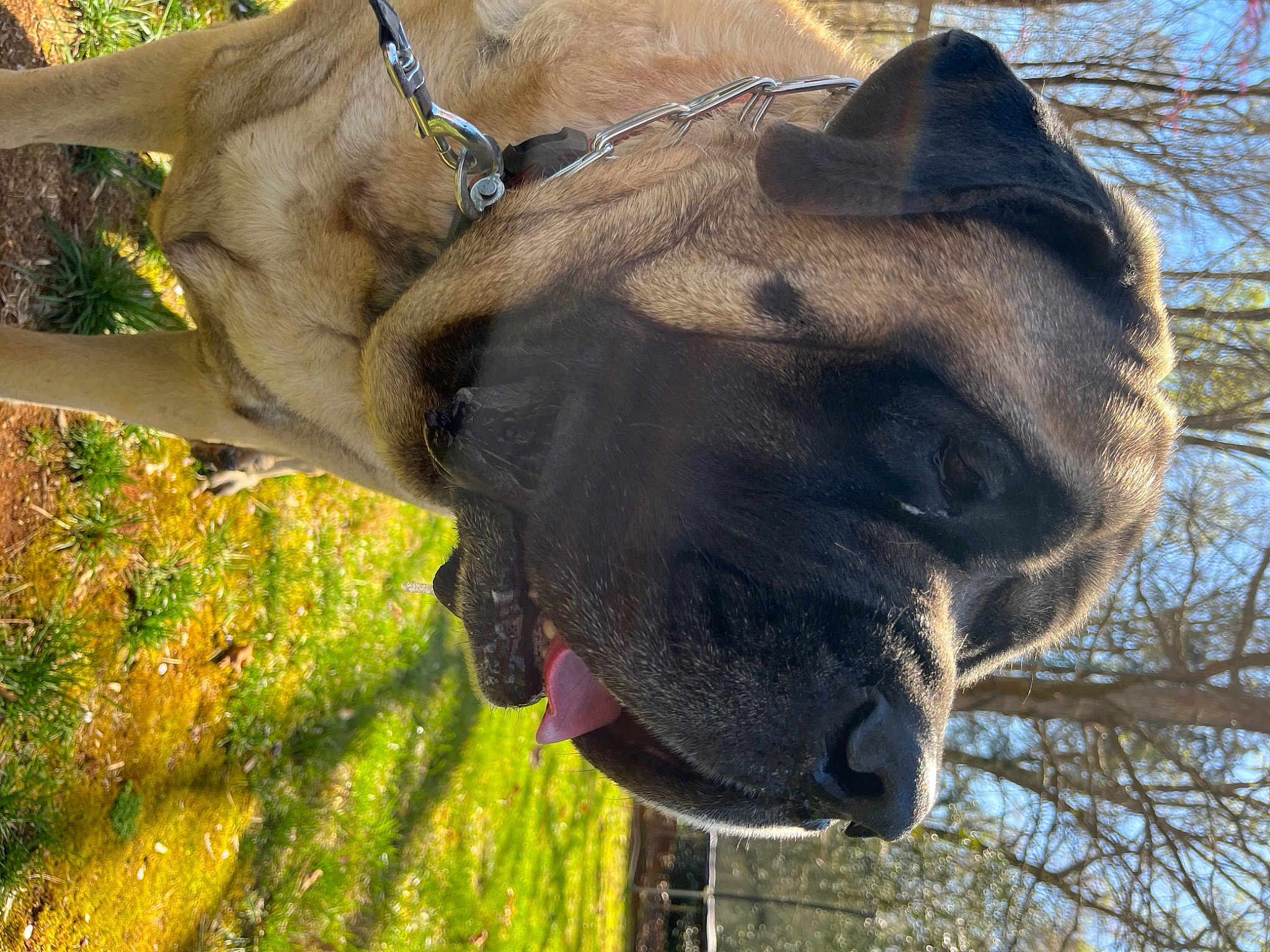
"There's no poetry in a barking dog, but there's plenty of noble silence in an English Mastiff, whose very presence radiates calm strength and serene dignity." The English Mastiff's tale is woven from threads of royalty, war, and companionship. As one of the oldest and largest dog breeds in the world, their historical journey from ancient guardians to modern family members showcases the depth and variety found in the canine kingdom. Exploring breeds such as the English Mastiff not only enlightens us about their characteristics and behaviors but also their rich historical significance.
Personality and Behavior of the English Mastiff
Often described as gentle giants, English Mastiffs are cherished for their calm and affectionate demeanor. Despite their formidable size, they display a remarkable patience, making them wonderful companions, especially for families with children. Their loyalty is unmatched; an English Mastiff will always be found close to those they love, acting as both a gentle protector and a loyal friend.
Their reserved nature means they are seldom aggressive. Instead, they possess a natural instinct to assess situations calmly before acting. While they can certainly act as formidable guardians, they do so with a composed confidence rather than overt hostility. This trait can be traced back to their historical role as protectors of estates and castles.
Additionally, English Mastiffs are known for their strong pack mentality. They thrive on human interaction and can become distressed when isolated. This breed truly enjoys being part of a family and may even consider themselves as lap dogs despite their large size.
With a height that can reach up to 30 inches and a weight that can soar over 200 pounds, English Mastiffs stand as one of the largest dog breeds in the world, embodying the phrase "gentle giant" with their contrasting physicality and temperament.
Meanings, History and Origins of the name English Mastiff
The term "Mastiff" is derived from the Anglo-Saxon word "masty," which means powerful. This etymology perfectly encapsulates the dog's impressive strength and presence. The addition of "English" not only distinguishes it from other Mastiff breeds but also highlights its deep roots in Britain.
Historically, English Mastiffs have been around for thousands of years. They were used in battles as war dogs by the Romans and were also kept by nobles in medieval England. Their bravery and protective instincts made them invaluable companions, whether on the battlefield or in guarding properties.
During the Roman invasion of Britain, English Mastiffs were reportedly so fierce in battle that the Romans took them back to Rome as war trophies. They soon became popular as gladiator dogs in the Colosseum, pitted against lions and other formidable opponents.
The breed's prominence continued through the centuries, with many historical figures, including King Henry VIII, owning Mastiffs. Their significance wasn't merely limited to protection and war; they were also valued for their companionship and gentle nature in domestic settings.
Popularity of the English Mastiff
The popularity of the English Mastiff has experienced fluctuations over the centuries. In the past, their robust nature and protective instincts made them a favorite among nobility. However, their numbers dwindled during periods of war and famine, particularly during the World Wars.
In the United States, the breed regained popularity in the mid-20th century due to their appearances in dog shows and the growing public appreciation for their unique combination of size and gentle temperament. Today, the English Mastiff is a beloved family pet, often appearing on lists of the most popular dog breeds.
In English-speaking countries, the appeal of the English Mastiff is prominent. Their renowned history, combined with their amiable nature, has made them a sought-after breed. In the UK, USA, Canada, and Australia, Mastiffs are celebrated as affectionate family dogs and formidable guardians.
Globally, while the breed is less recognized in some regions, it still enjoys a steady following. In countries with a strong tradition of large working dogs, such as Russia and Germany, the English Mastiff holds a respected position.
Health and Care of the English Mastiff
English Mastiffs, like many large breeds, are prone to certain health issues. Common ailments include hip dysplasia, elbow dysplasia, and heart conditions. It's essential for potential Mastiff owners to be aware of these health risks and ensure they purchase their dog from reputable breeders who perform health screenings.
Dietary needs for English Mastiffs are substantial due to their size. A well-balanced diet rich in protein is crucial for maintaining their muscle mass and overall health. It's also important to monitor their weight, as obesity can exacerbate joint and heart problems. Regular feeding schedules and portion control are recommended to prevent overeating.
Exercise is another critical component of Mastiff care. Though they are not overly energetic, they do require regular, moderate exercise to keep them physically and mentally stimulated. Simple activities such as daily walks and playtime in a secure yard will suffice.
Routine health check-ups, vaccinations, and preventative care are essential to maintain their wellbeing. Owners should also invest time in grooming, focusing on their short coat, nails, and dental hygiene to keep their Mastiff in top shape.
Training and Education of the English Mastiff
Training an English Mastiff requires patience and consistency. These dogs respond well to positive reinforcement techniques, such as treats and praise. Due to their large size and strength, it's advisable to start training them from a young age to ensure they grow into well-behaved adults.
Socialization is another vital aspect of their upbringing. Exposing Mastiff puppies to various people, animals, and environments will help them develop into confident and well-rounded dogs. Despite their inherent calmness, proper socialization ensures they can interact positively with different situations.
One of the common challenges in training English Mastiffs is their sometimes stubborn nature. They are intelligent dogs but may exhibit a strong-willed temperament. Consistent, reward-based training methods will help overcome these hurdles.
Obedience training and basic commands such as "sit," "stay," and "come" are essential. Due to their protective instincts, advanced training in areas such as leash control and understanding boundaries can help manage their natural guarding behavior.
...
When choosing the right dog breed, consider factors such as your living space, activity level, and willingness to commit to training and care. The English Mastiff may be the perfect fit for families seeking a gentle, loyal, and protective companion. Their regal history and calm demeanor make them a wonderful addition to many households.
The allure of dog breeds lies in their unique qualities and histories, and the English Mastiff embodies this with its majestic presence and gentle spirit. At KingPet, we have the pleasure of seeing many English Mastiffs participate in our contests, showcasing their charm and character. Whether as guardians, companions, or family members, English Mastiffs continue to leave a lasting impression on those fortunate enough to know them. Choosing an English Mastiff brings a mix of history, loyalty, and grace into your home, making it a decision you won't regret.





















































































































